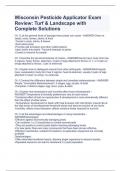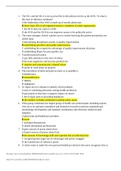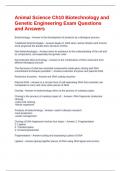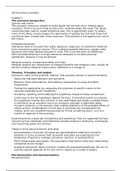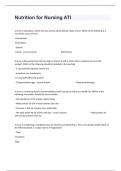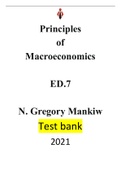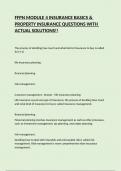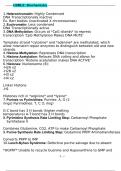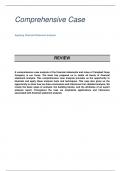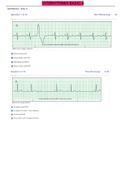Exam (elaborations)
Wisconsin Pesticide Applicator Exam Review: Turf & Landscape with Complete Solutions
- Course
- Institution
Wisconsin Pesticide Applicator Exam Review: Turf & Landscape with Complete SolutionsWisconsin Pesticide Applicator Exam Review: Turf & Landscape with Complete Solutions Ch.1 List the general kinds of damage insect pests can cause - ANSWER-Chew on seeds, roots, leaves, stems, & fruits -Tunnel in r...
[Show more]
